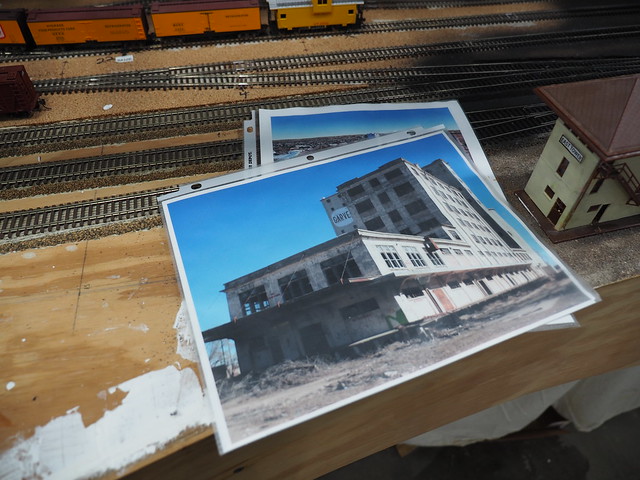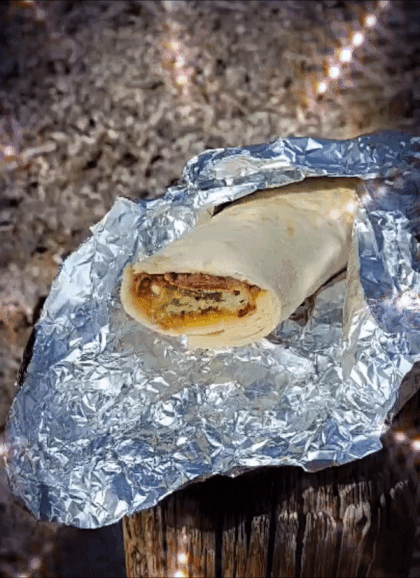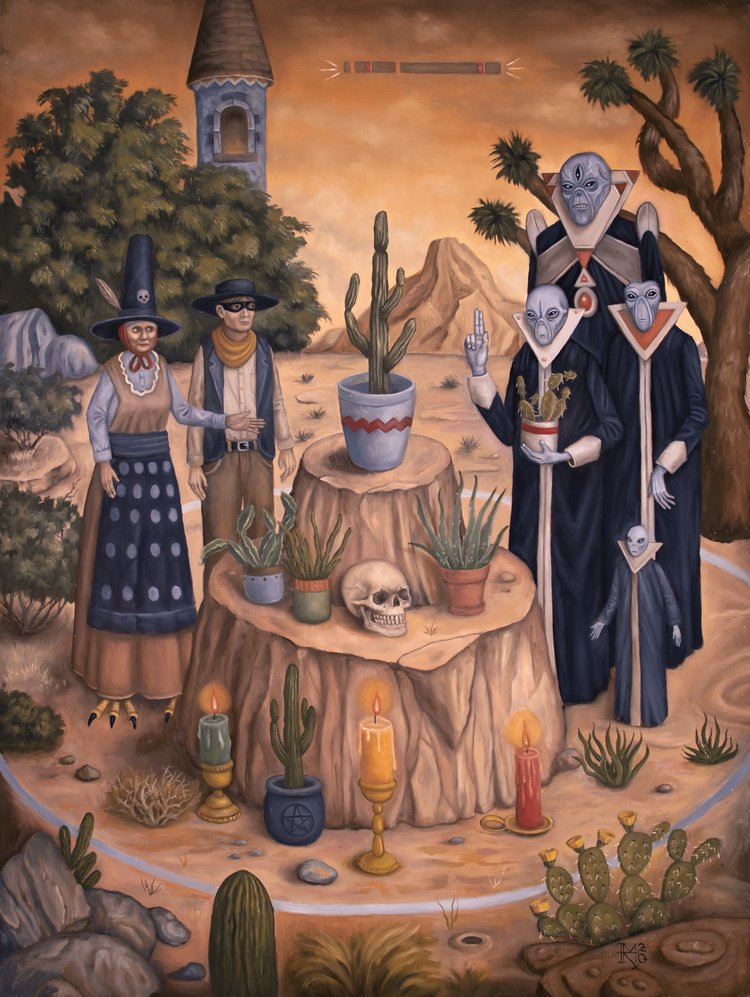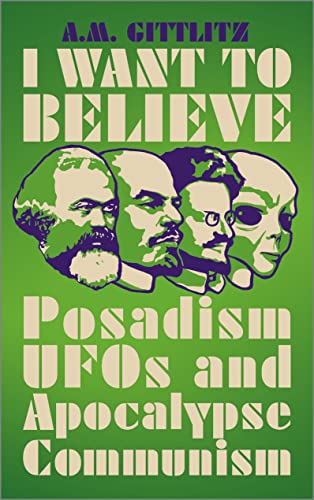The second Amarillo RR Museum attractant was the HO scale layout in their building. It models a section of the Santa Fe railroad between Canadian TX and Texico NM. An absolutely amazing track plan getting built with care. I’ve been interested in model railroading since I was a kid; to see current state of the art writ large was fantastic. You can see the track plan here and the designer’s commentary here. Some photos with commentary (n.b. the layout is very much a work in progress):
The bridges over the Canadian River – the ‘easternmost’ point on the miniature Plains Division.
*
They’re modelling specific structures on the route. In many cases (the Canadian R bridges, for example) they’ve done some selective compression, but the goal is to create scenes that someone familiar with the area would recognize instantly.
*
Two common support elements in modern large layout design are helices and staging yards. A helix lets one gain or lose a lot of vertical separation in a relatively small footprint; ideal for two level track plans like this one. And staging yards allow for trains to wait in the wings before they take their turn on stage. Bottom yard is for trains from the east, the top is west.
*
Controls, both miniature and full sized. At the top are the Digital Command Control interfaces and power supplies. DCC is a flavor of power line networking – the power line in this case are the tracks which supply both go-juice and throttle, sound card, lighting, etc. info to the motive power. For a glimpse of what DCC and modern loco electronics can do, take a look at this. I’ve cued the video up to the engine’s (a Rapido E8 in Amtrak Day One livery) startup sequence. Below is the RR Museum’s dispatcher’s panel. Apparently. one of the members’ mom worked for the Santa Fe when they closed the Amarillo dispatch center and the museum got possession of the actual Amarillo panel! They plan on operating the layout prototypically with the dispatcher controlling main line switches, signals and, via radios, train movements (telling the engineers what to do). Too cool!
*
There are more layout photos n the Flickr album, here. I’m considering starting my Cali coast portion of the trip (Feb and Mar) in San Diego so I can check out the San Diego Model RR Museum. The La Mesa Model RR Club operates a model of the Tehachapi Pass and there are two other layouts in the museum. A goal, once I become a little less nomadic, is a small layout – or at least a module/diorama – of my own…



















